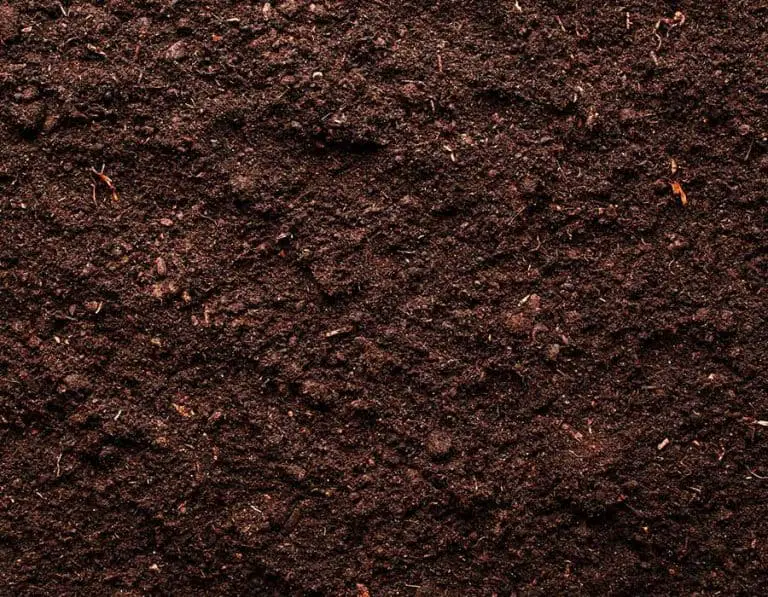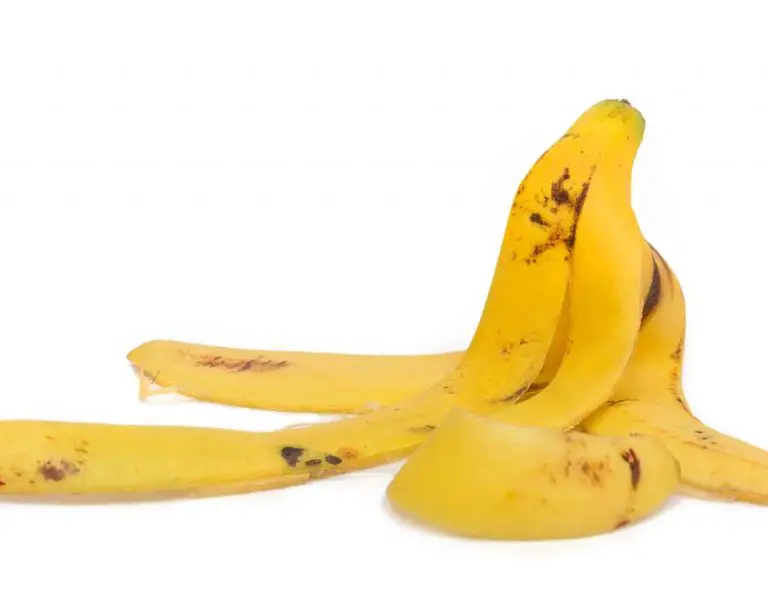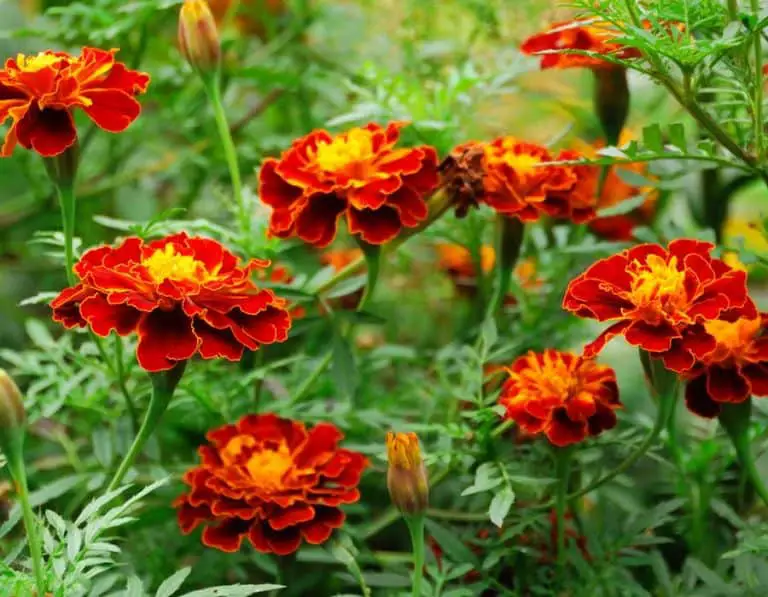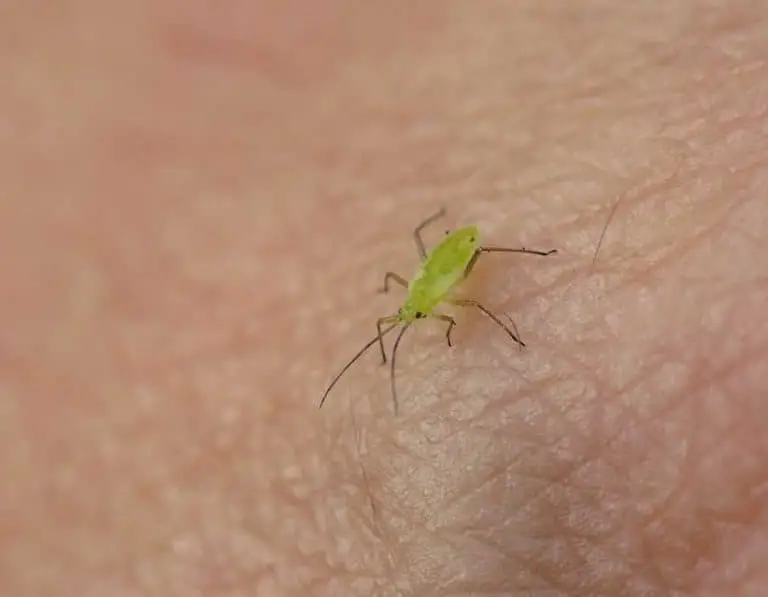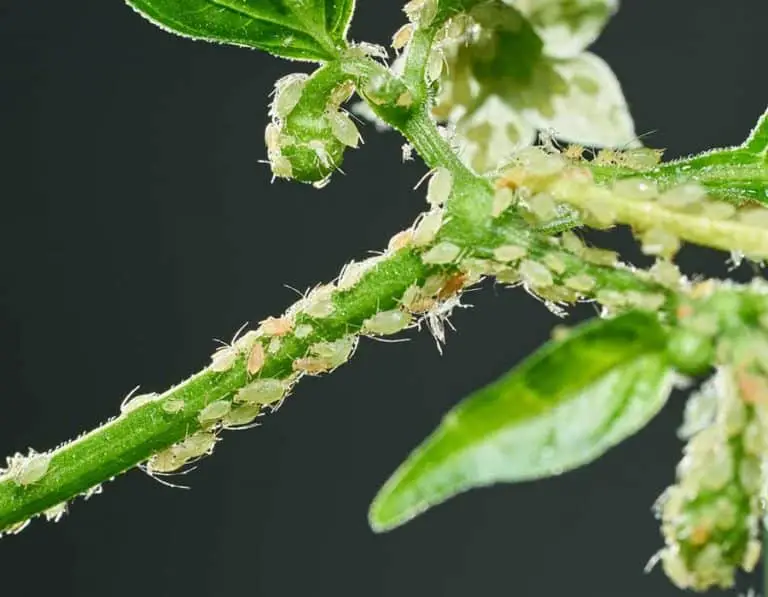How to Control And Treat Woolly Aphids: A Simple Guide
Woolly aphids, those pesky, fuzzy insects that invade our beloved plants, can be a gardener’s worst nightmare. With their powdery white appearance and infestation tendencies, these tiny creatures have the potential to cause severe damage to a variety of plants, including fruit trees and ornamentals. In my quest for a bountiful garden, I have encountered these uninvited guests more than once, and through trial and error, have discovered effective ways to control and treat woolly aphids.
The first step in managing a woolly aphid infestation is identifying the presence of these small insects in the garden. I have found that they often feed on parts of plants where the energy is rich, such as the undersides of leaves, twigs, and stems. Upon closer inspection, one may notice the cottony, waxy substance they produce, which protects them from predators and unfavorable conditions.
In my experience, it is crucial not to let a woolly aphid infestation get out of control. Addressing the problem early on makes it much easier to treat and keep these pests at bay.
There are several methods, both organic and chemical, for controlling and treating woolly aphids that have proven to be successful in my garden. By understanding the life cycle of these insects and employing appropriate treatments, maintaining a healthy, pest-free garden is achievable.
Woolly Aphids Identification and Lifecycle
Physical Characteristics
As an experienced gardener, I can tell you that identifying woolly aphids is relatively simple due to their unique appearance. These tiny insects look like small, white, cottony masses – hence the name “woolly.” Adult woolly aphids are usually around 2-4 millimeters in length, with a white, waxy covering.
It’s important to know that beneath this waxy covering, they have a soft body with six legs, antennae, and a pair of tube-like structures called cornicles. Though not easy to spot, these features confirm their identity as aphids.
Lifecycle Stages
Woolly aphids, like other aphids, have a complex lifecycle involving several stages. As someone who has studied them closely, I can share that their lifecycle is as follows:
- Egg stage: Female woolly aphids lay their eggs on the host plant, usually in crevices and bark folds. These eggs are protected by the female’s waxy secretion and overwinter on the plant.
- Nymph stage: In spring, the eggs hatch into wingless nymphs known as crawlers. These nymphs begin to feed on the host plant, releasing honeydew, and they molt several times. Crawlers are quite mobile and may migrate to other parts of the plant or to other plants.
- Adult stage: After going through several molts, the crawlers become winged adults, which are capable of reproducing. Some of these adults will fly to find new hosts or even alternative hosts for feeding and reproduction. Eventually, female aphids lay eggs again, and the cycle continues.
It’s worth mentioning that woolly aphids can complete several generations within a single growing season, making them difficult to control if not detected early. Understanding how to identify them and being familiar with their lifecycle definitely helps me in my efforts to control and treat these pests.
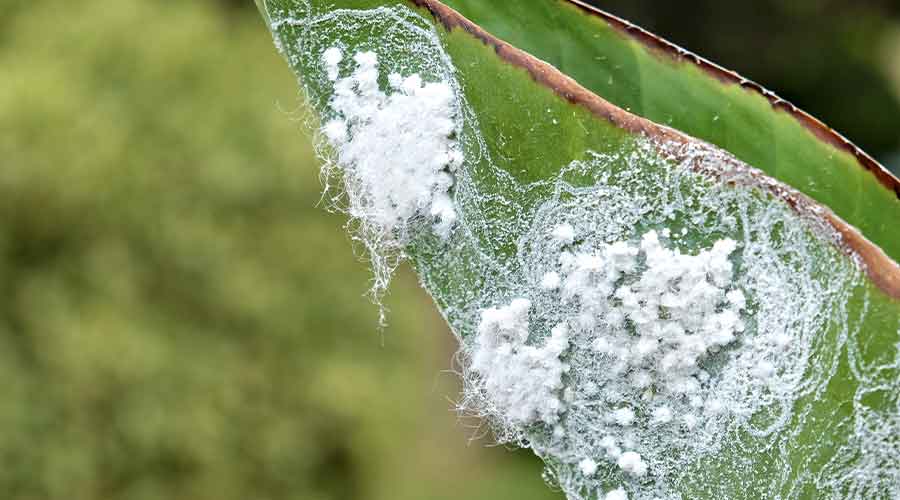
Damage Caused by Woolly Aphids
Effects on Plants
In my experience with woolly aphids, I’ve noticed that they mainly feed on plant sap, which causes a few issues. The leaves might become curled or distorted, while some plants may show stunted growth. Additionally, if the aphid infestation is severe, I’ve seen deciduous plants lose their leaves prematurely. Surprisingly, woolly aphids can even manage to cause galls on some plants’ roots or stems.
Honeydew and Sooty Mold Issues
Besides the direct damage to plants, woolly aphids also excrete a sticky substance called honeydew. This honeydew tends to accumulate on leaves and other surfaces, and I’ve found that it attracts ants and other insects. Moreover, it serves as an ideal breeding ground for sooty mold, a black fungus that looks unsightly and can interfere with photosynthesis by blocking sunlight from reaching the plant’s surface.
It’s worth noting that honeydew and sooty mold issues are not exclusive to woolly aphids, but can be caused by other sap-feeding insects as well. In my garden, I have observed the following consequences due to honeydew and sooty mold:
- Reduced plant vigor and overall health
- Discolored and wilted leaves
- Reduced yield, particularly in fruit-bearing plants
In conclusion, woolly aphids can deal significant damage to plants through both their feeding habits and the secondary issues they cause, such as the honeydew and sooty mold buildup. In order to maintain a healthy garden or agricultural environment, it is crucial to manage and treat woolly aphid infestations effectively.
Preventive Measures
Regular Monitoring
I frequently check my plants for early signs of woolly aphids, as early detection is the key to successful control. I look for telltale white, cottony masses on the leaves, branches, and twigs. If I see any, I remove the affected parts immediately and dispose of them in a sealed plastic bag or by burning to prevent the spread.
Encouraging Natural Predators
To keep woolly aphids in check, I maintain a healthy population of their natural predators in my garden. Some of these beneficial insects include ladybugs, lacewings, and parasitic wasps. I also plant flowers that attract these predators, such as dill, fennel, and cosmos. When woolly aphids appear, these predators help reduce their population quickly.
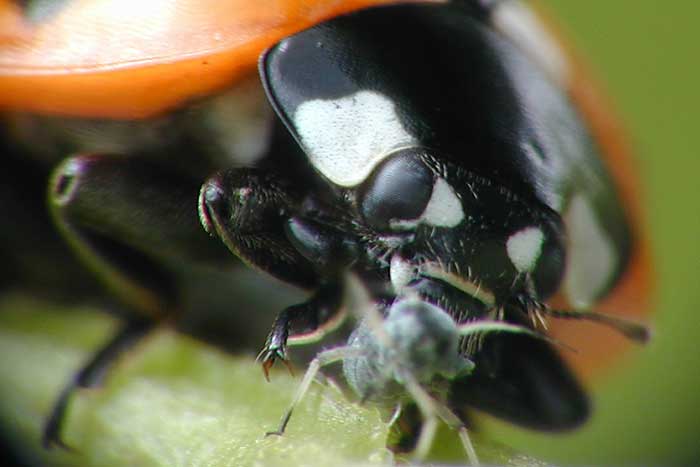
Maintaining Plant Health
I understand that strong, healthy plants are less likely to be affected by woolly aphids, so I ensure that my plants are well-cared for. I apply balanced fertilizers to promote healthy growth, as excessive nitrogen can encourage aphid infestations. I also water my plants properly, ensuring that the soil is well-draining and avoiding waterlogged conditions. Regularly pruning dead or damaged branches also helps keep the plants healthy and less susceptible to pests.
By adopting these preventive measures, I can effectively manage woolly aphids and keep my garden healthy and thriving.
Control Methods
Mechanical Control
In my experience, one effective way to control woolly aphids is through mechanical methods. I have found that physically removing these pests can be quite successful. Water sprayed at high pressure can dislodge aphids from the host plants. In my garden, I regularly inspect plants for signs of aphid infestations and then use a strong jet of water to spray the affected areas. Additionally, I prune and destroy any heavily infested branches to reduce the aphid population.
Chemical Control
I also utilize chemical control methods to manage woolly aphids. When I notice a severe infestation in my garden, I often turn to insecticidal soap or horticultural oil. These treatments can effectively control woolly aphids while being relatively safe for beneficial insects. Here is my application process:
- Mix the insecticidal soap or horticultural oil according to the label instructions.
- Apply the mixture thoroughly, ensuring it covers all plant surfaces.
- Monitor the affected plants to see if another application is necessary (usually within 7-14 days).
I have found it essential to read and follow the label to avoid harming my plants and other beneficial insects.
Biological Control
Lastly, I encourage biological control agents in my garden to help control woolly aphids. Many beneficial insects, such as ladybugs, lacewings, and parasitic wasps, naturally prey on woolly aphids. To attract these beneficial insects, I incorporate the following practices:
- Planting a variety of flowers to provide a habitat for beneficial insects.
- Avoiding the use of broad-spectrum insecticides, which can harm beneficial insects.
- Releasing purchased predators, such as ladybugs, near the affected plants.
By using these control methods, I have successfully managed woolly aphids in my garden and reduced the damage they cause to my plants.
Treatment of Woolly Aphids
Insecticidal Soap or Horticultural Oil
In my experience, a simple yet effective method of treating woolly aphids is using insecticidal soap or horticultural oil. I spray the affected areas of the plant with a solution made from mixing 2 tablespoons of insecticidal soap or horticultural oil per gallon of water. This solution helps to break down the waxy coating on the aphids, making it easier to control their population. I reapply the mixture every 7-10 days, as needed, until the infestation is controlled.
Systemic Insecticides
When I need a more potent solution for severe woolly aphid infestations, I turn to systemic insecticides. I carefully follow the instructions on the label and apply the product to the soil around the plant’s root system. This allows the plant to take up the insecticide and distribute it throughout its tissues, thus killing the aphids when they feed on it. However, I use systemic insecticides cautiously as they can also affect beneficial insects and pollinators like bees.
Neem Oil
I find neem oil to be an effective organic alternative for treating woolly aphids. When mixed with water and applied as a spray, neem oil disrupts the aphids’ growth, feeding, and reproduction. I create a solution by mixing 1-2 tablespoons of neem oil per gallon of water and applying it to the infested plant once a week for a few weeks.
Key points to remember about neem oil:
- Apply during the cooler hours, such as early morning or late evening, to prevent potential damage to the plant
- Thoroughly saturate the plant, especially the undersides of leaves, to ensure contact with the aphids
- Avoid using neem oil on plants in bloom to protect beneficial insects and pollinators
By using these methods, I have been able to effectively treat and control woolly aphid infestations in my garden. It’s important to keep a vigilant eye on your plants and respond quickly to any signs of infestation to prevent further damage.
Conclusion
In the battle against woolly aphids, I find it essential to utilize a multi-pronged approach. Regular monitoring of my plants and trees allows me to detect infestations early, before they wreak havoc on my garden. Once I identify an infestation, I implement a combination of natural predators, insecticidal soaps, and horticultural oils to target these pests.
- Natural predators: Introducing ladybugs and lacewings to my garden has been an effective measure in controlling aphid populations. These insects feed on the aphids, helping to keep numbers in check.
- Insecticidal soaps: I use these solutions, typically made of potassium salts, to target aphids’ soft bodies, causing them to dry out and ultimately perish.
- Horticultural oils: I apply these oils to suffocate the pests, ensuring thorough and effective treatment.
If my infestation is more severe, I may resort to using chemical pesticides. However, I am cautious when doing so to avoid risks to my family, pets, and the environment. I seek the advice of professionals and read product labels carefully when approaching chemical solutions.
Lastly, prevention is always better than cure. I adopt good gardening practices like regular pruning, avoiding over-fertilizing, and selecting aphid-resistant plant varieties to reduce the likelihood of infestations in the first place.
Armed with this knowledge and practical approach, I am confident in my ability to control and treat woolly aphids, making my garden a more enjoyable and thriving space.

